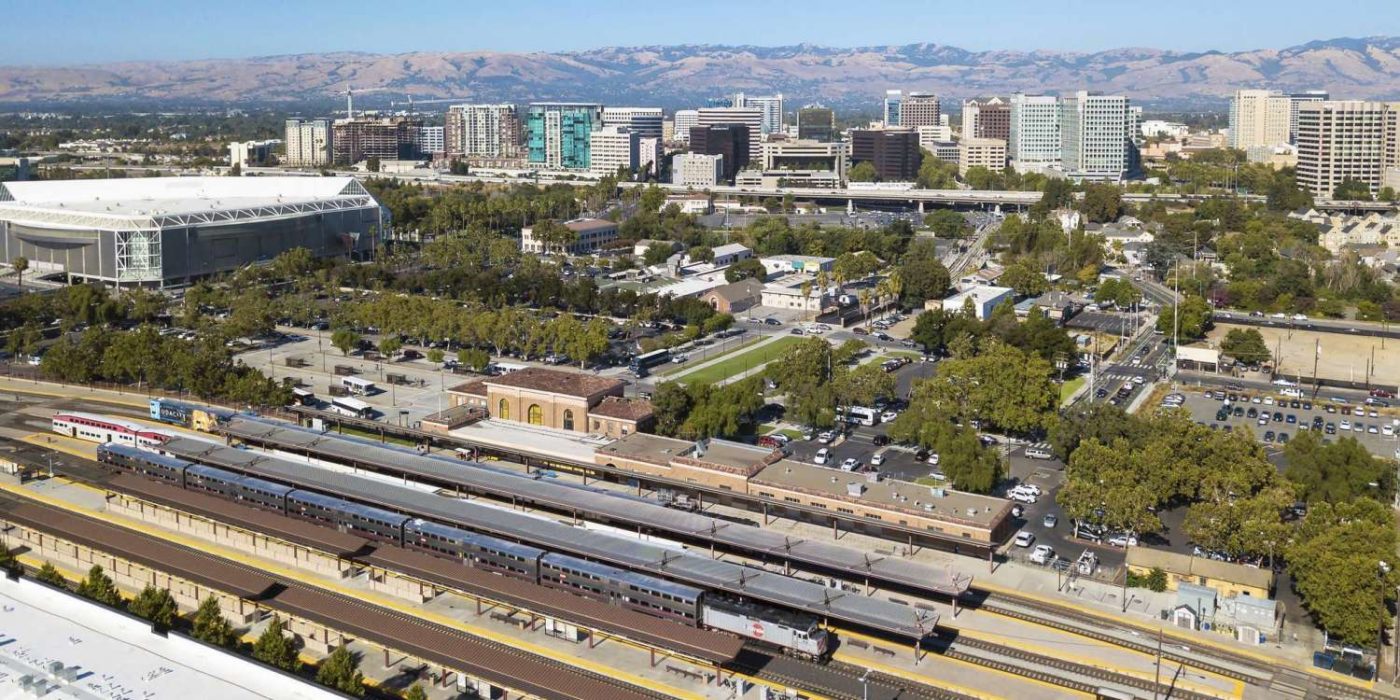Stretching well into the night on Tuesday, San Jose Council members dug into difficult and controversial policy changes on a day we called Housing Day Part II. Here is a highlight of the issues and actions:
Cost of Market-rate and Affordable Development
The afternoon kicked off with a presentation on the costs of market-rate and affordable housing development in the city. As expected the Cost of Development Studies showed a difficult residential construction market in San Jose, with the prototype models indicating that housing was safely profitable only on the West Side of the City. Labor and material costs are rising faster than rents, and city fees and taxes add to the costs. With the clear expectation that affordable housing fees would be cut later in the evening, council turned instead to other parts of the development process that it might have d=some control over. Following the lead of Councilmember Jimenez, in a memo supported by SV@Home, there was a robust discussion about how to calculate the additional costs of development standards and land-use zoning restrictions, as well as the long project approval process. Some of these cost saving ideas are already under development, others will be considered as part of the General Plan Four Year Review process which starts later in the month, but there was broad consensus that a careful look at all the costs stemming from barriers to housing production needed to be included in cost of development discussions going forward. We believe this was a very important step towards an essential discussion about how much housing we are allowing to be built and where.
Universal Fee and New Geographical Targets
The opening discussion also included initial proposals related to consolidating fees and taxes in a way that is more transparent and predictable to developers, and delaying payment of fees until the projects are ready to be occupied (see the staff discussion memo here). While there was broad support for streamlining development through a universal fee framework, there was significant discussion about staff’s proposal to create new geographic districts that might have different fee levels. Recognizing the potential complexity and impact of this approach, which would be central to the reform of the Inclusionary Housing Ordinance later in the evening, the council asked for broad public engagement before decisions were made. Currently only park fees are set differently for different parts of the city.
Inclusionary Housing Ordinance
On a 10-1 vote, with Councilmember Esparza dissenting, the Council approved a significant overhaul of San Jose’s Inclusionary Housing Ordinance, which had only recently gone into effect. While the final policy recommits to the basic framework goals of the original ordinance– with 15% affordable and alternative means of compliance, it will now incentivize smaller units by charging fees on a square foot basis, add a new moderate income (100% AMI) category of up to 5%, decrease the number of units required if units are built off site, and add a long-term plan to more accurately link in lieu fees to the actual costs of producing the affordable units. Many attendees objected to the staff recommendations, including a recommendation to implement a short-term reduction of fees in areas of the City where the current market is struggling to produce housing. SV@Home supported the staff position as a realistic response to the challenges of the current market, which creates new incentives to get affordable housing built now and creates a structure to respond as the market improves. Additional amendments to the policy included direction to pursue direct City purchase of land for affordable housing, and explore more flexibility in extending the program to developments under 20 units. You can see SV@Home’s letter here and the staff report here.
Ellis Act
The item on Tuesday’s agenda that had the most interest was a revision to the City’s Ellis Act Ordinance, which regulates the terms under which apartments currently regulated by the Apartment Rent Ordinance are allowed to be demolished and rebuilt as new market rate rental housing. Last year, after a number of Council members expressed concern that the current regulations were curtailing plans for development of high-density infill housing, staff was directed to consider reforms to the ordinance to make redevelopment more feasible while maintaining the original intent. Dozens of community members spoke against the proposed changes, arguing that the reforms would increase the number lower-income families that would be displaced by redevelopment. In the end, Council voted 6-5 to approve a modified plan proposed by Councilmember Jones, which maintained the lower requirements proposed by staff, but included options that would produce new income-restricted replacement housing and offer the right for displaced tenants to return after the construction completion. The tension between increasing overall housing production and protecting existing tenants is a pressing issue throughout the county. SV@Home will work to engage in solutions that balance housing production, community/housing preservation, and tenant protections. You can find the staff report here.
